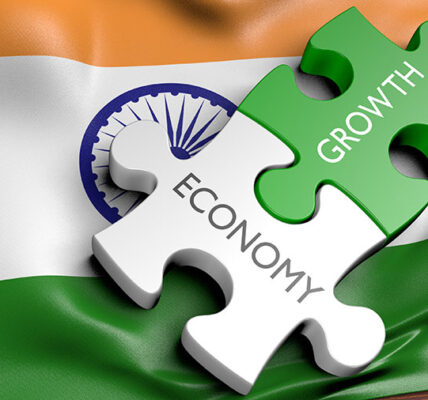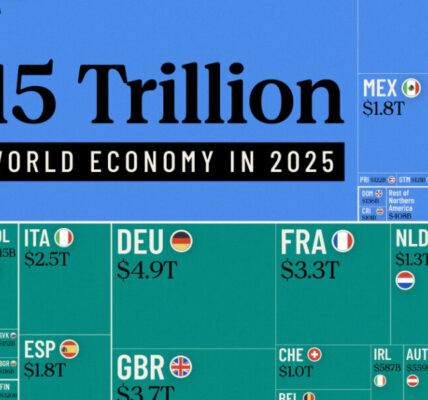New Delhi: India’s fiscal deficit could come in at 4.4% to 4.6% of GDP in FY26, Goldman Sachs Economics Research said in a report on Monday.
The government targets a fiscal deficit of 4.9% in FY25 and below 4.5% in FY26.
The central government’s “fiscal impulse will remain a drag on growth in the next fiscal year”, said the report titled ‘Asia in Focus—Union Budget Preview: Policy Choices in a Cyclical Growth Slowdown’.
“We continue to believe the fastest growth pace in public capex is behind us, and we expect capex to grow at or below nominal GDP growth rates from here on,” the report said.
“Overall, there is not much room to boost welfare spending, but we expect the pre-pandemic trends in overall welfare spending to continue,” it added.
On Monday, Mint reported that India may record a fiscal deficit for FY25 at 4.7-4.8% of GDP, below the budgeted estimate of 4.9%.
The revision would be primarily driven by lower expenditure, notably on planned capital investments, along with higher-than-anticipated dividends from the Reserve Bank of India (RBI).
Fiscal deficit is the shortfall between a government’s income and expenditure and is expressed as a percentage of gross domestic product or GDP.
The Centre has committed to the fiscal consolidation roadmap outlined in FY22, aiming to reduce the fiscal deficit to below 4.5% of GDP by FY26.
However, India’s GDP growth slowed to 5.4% in the September quarter, the worst in nearly two years, largely due to uneven performance across sectors. A decline in private consumption growth and government spending offset a rural recovery.
Expectations from Budget
The upcoming annual budget, scheduled to be presented in Parliament on 1 February, is expected to play a pivotal role in revitalizing the country’s growth story as the government leverages measures to drive economic recovery.
“The budget will also likely make an overarching statement about the long-term economic policy of the government towards 2047 (100 years of Indian independence). We see continued emphasis on job creation through labour-intensive manufacturing, credit for MSMEs, promoting rural housing programs, and sustained focus on domestic food supply chain and inventory management to control price volatility,” the report said.
“The budget is also likely to lay out a roadmap for public debt sustainability, and financing India’s energy security vs transition needs,” it added.
According to the latest government data, India’s fiscal deficit for the period of April to November 2024 was ₹8.47 trillion, which is 52.5% of the full-year target of ₹16.13 trillion, lower than the ₹9.07 trillion deficit in the same period in 2023.
“In the current fiscal year FY25 (April 2024 to March 2025), robust tax collection, mainly driven by direct taxes, has given the government some space to carry out additional current expenditure, while capital expenditure has remained muted thus far,” the report said.
“In our view, capex has likely peaked at 3.2% of GDP in FY24 and may come down further in the coming years, given the fiscal consolidation path of the central government. This is important given that India is an EM (emerging market) outlier on both the stock and flow of public debt,” it added.
According to the latest budget documents, the Centre’s capital expenditure plans stand at about ₹11.11 trillion during FY25, up from ₹10 trillion in the previous year.
Catch all the Business News , Economy news , Breaking News Events andLatest News Updates on Live Mint. Download TheMint News App to get Daily Market Updates.
MoreLess





